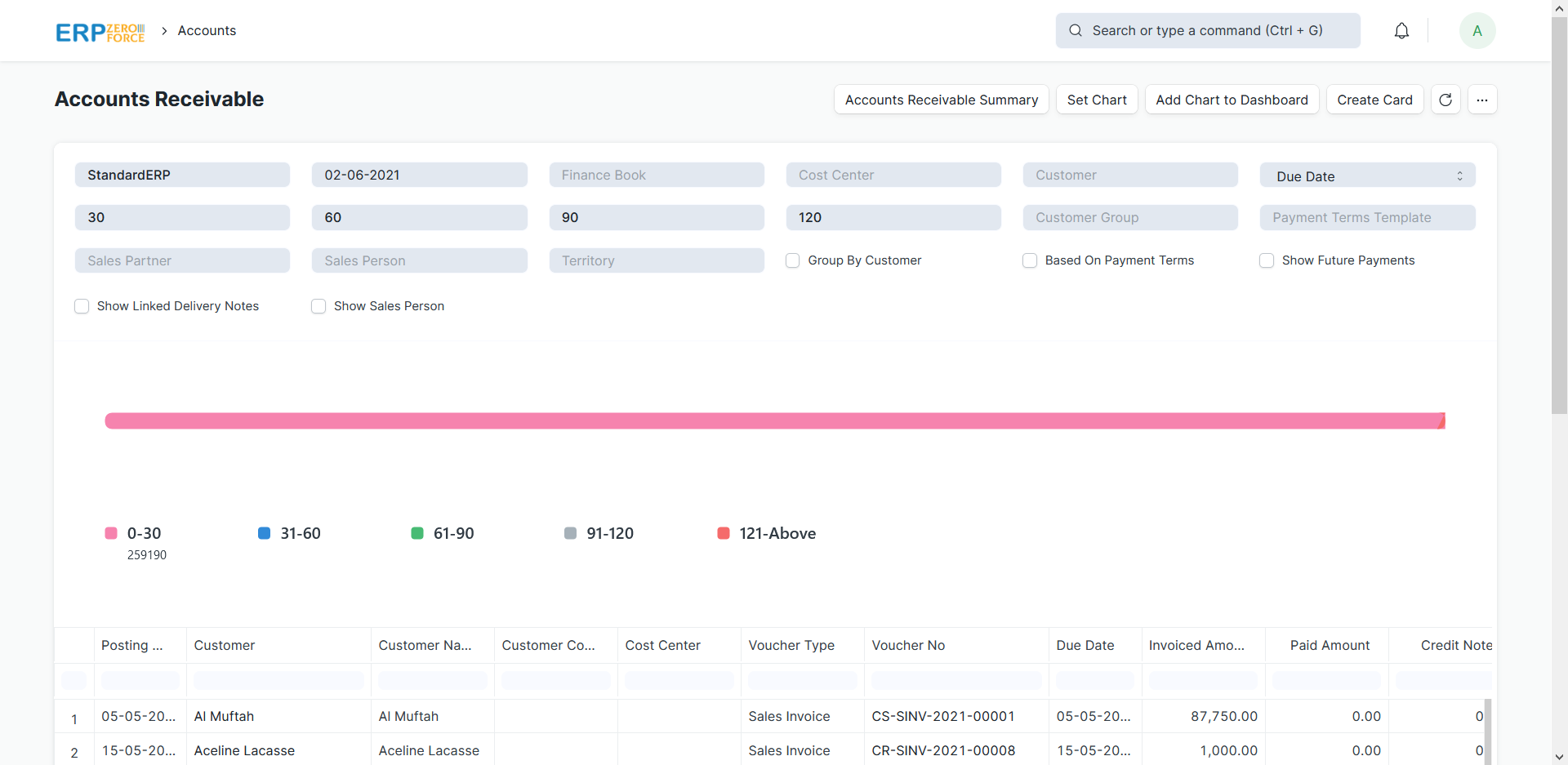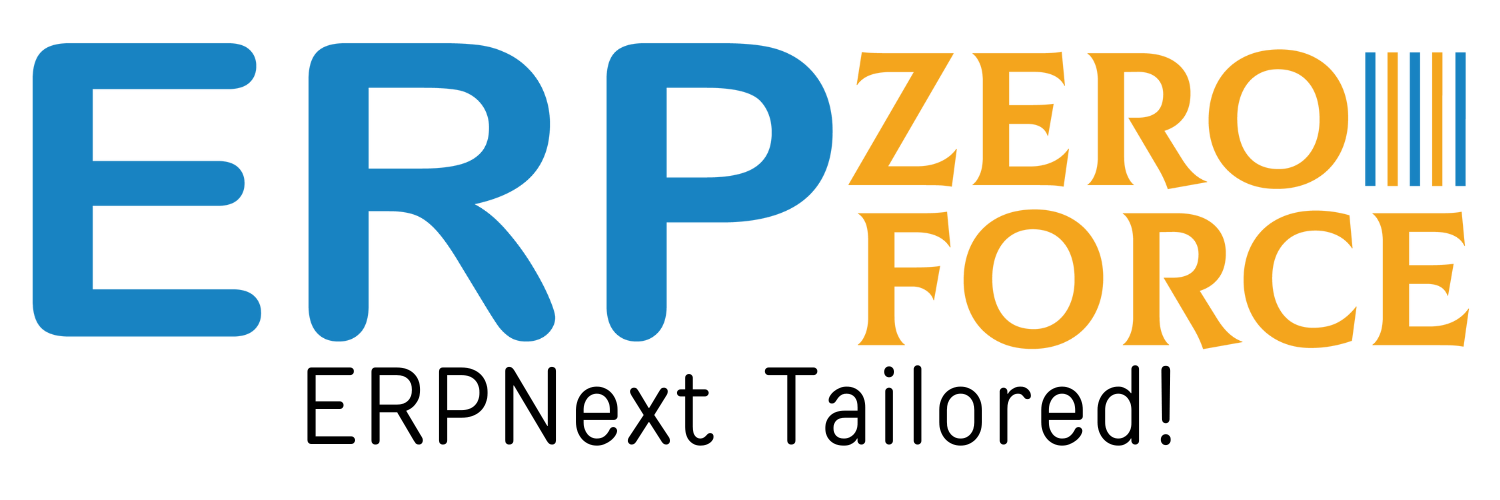ERP ZEROFORCE
Financial Accounting
Get a real-time view of your cash flow. Full-fledged accounting module covering every aspect of bookkeeping. All the tools you need to manage cash flow in one place, right from recording transactions to summarizing and analyzing financial reports. Its bookkeeping made easy.
Manage accounts, transactions easily with ERP System
Accounting Entries
Accounting entries are key sources of information used to prepare, verify and/or audit your financial statements.
Journal Entry
A standard accounting transaction that affects multiple Accounts and the sum of debits is equal to the sum of credits.
Journal Entry Template
Journal Entry Templates let you set and select a predetermined list of accounts and options while making a Journal Entry.
Payment Entry
Accounting entries that can be made against invoices, sales and purchase orders, expense claims, etc.
Payment Request
A Payment Request is used to request payment for an order or an invoice.
Advance Payment Entry
Payment done by the customer before accepting delivery of the product is an Advance Payment.
Mode of Payment
The Mode of Payment stores the medium through which payments are made or received such as cash, bank, credit card etc.
Bank Reconciliation
This explains the difference on a specified date between the bank balance shown in an organization’s bank statement
Sales Invoice
Pricing Rule: Pricing Rule is a master where you can define rules based on which discount is applied to a specific Customer or Supplier.
Purchase Invoice
It is the bill that your Supplier sends you for products or services delivered. Here you accrue expenses to your Supplier
Credit Note
A credit note is a document sent to the customer, notifying that a credit has been made to their account against the goods returned.
Debit Note
A debit note is a document sent by a buyer to a seller which notifies that a debit has been made to their accounts.
Pricing Rule
Pricing Rule is a master where you can define rules based on which discount is applied to a specific Customer or Supplier.
Payment Terms
A Payment Term helps to set a schedule according to which payments will be made. A Payment Term defines a specific payment slab. For example, 50% payment on shipping and 50% on delivery of the item.
Payment Reconciliation
Helps confirms whether the money leaving an account matches the amount that’s been spent, and ensures the two are balanced at the end of the recording period
Accounting Reports
The accounting module has multiple built-in reports like Profit and Loss, Balance Sheet, etc.
Loyalty Program
A Loyalty Program allows Customers to earn points by spending a certain amount and lets them redeem the points in future purchases.
Real-time view of your accounting books
The accounting dashboards highlight all key performance indicators at a glance. With configurable accounting dimensions and customizable dashboards, it’s finally possible to analyze every component of your business in one place.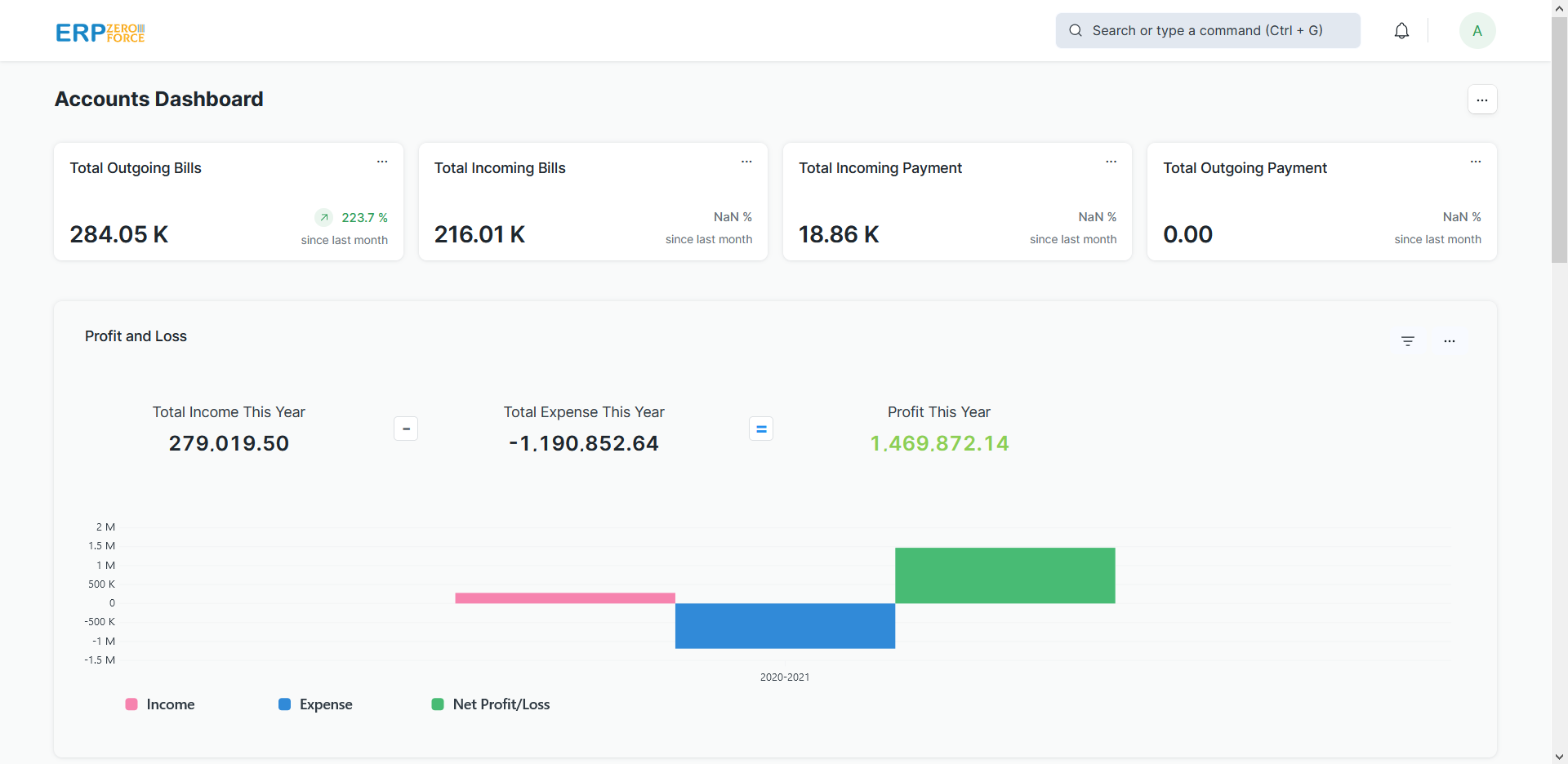
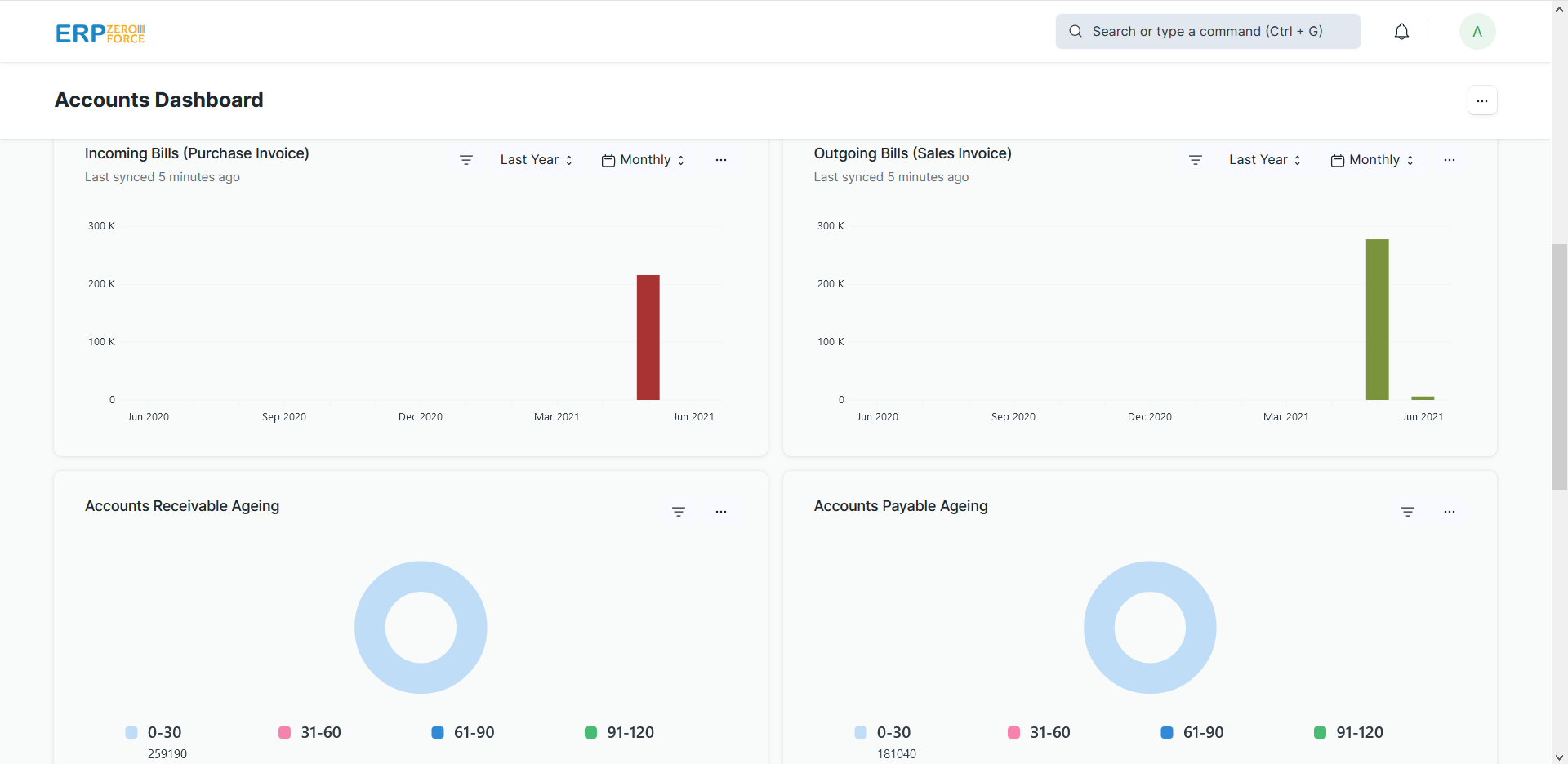
Chart of Accounts
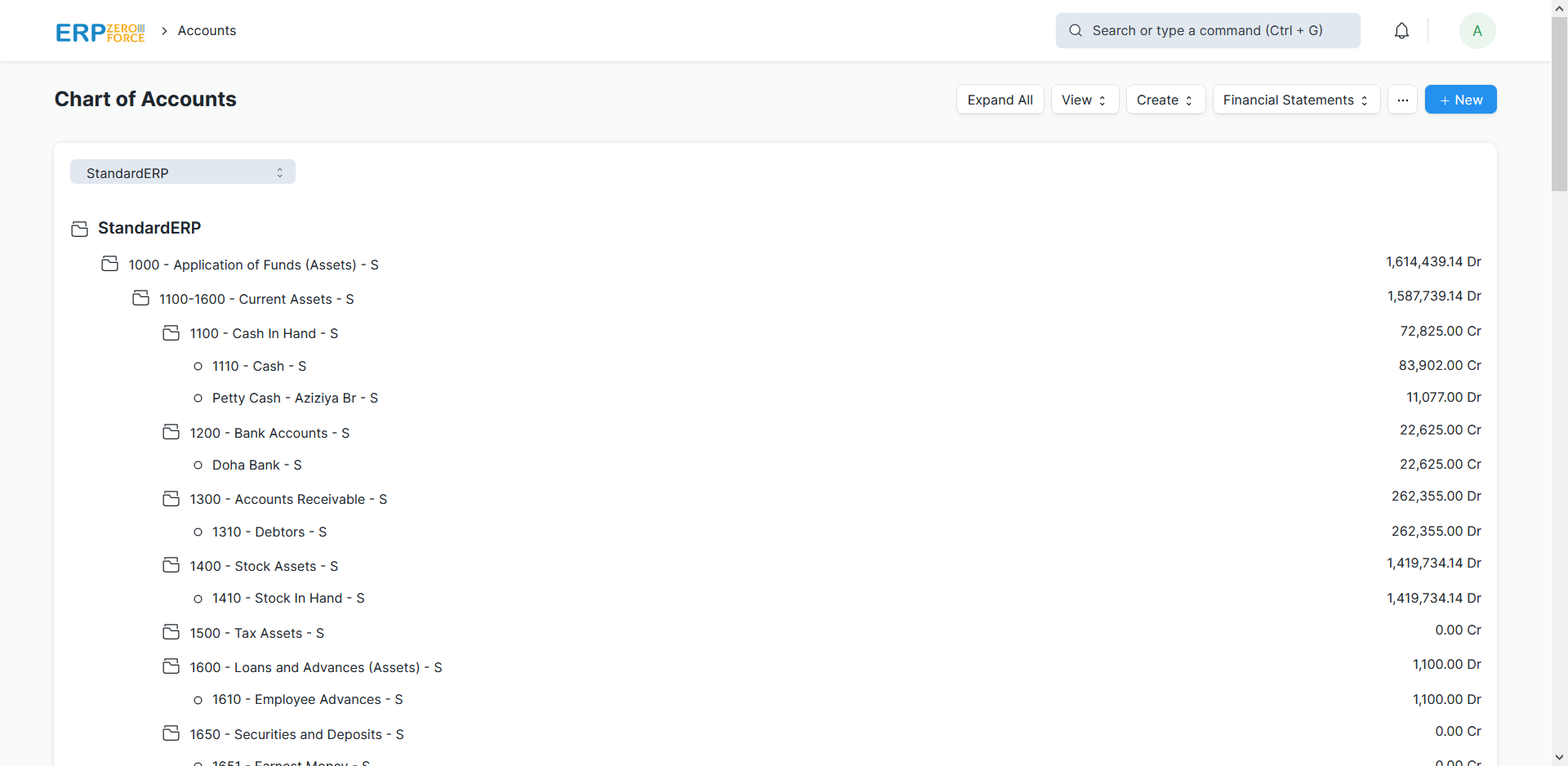
Journals & Payments
Leave no transaction unrecorded. Make quick journal entries, difference entries, reverse entries, contra entries, and more
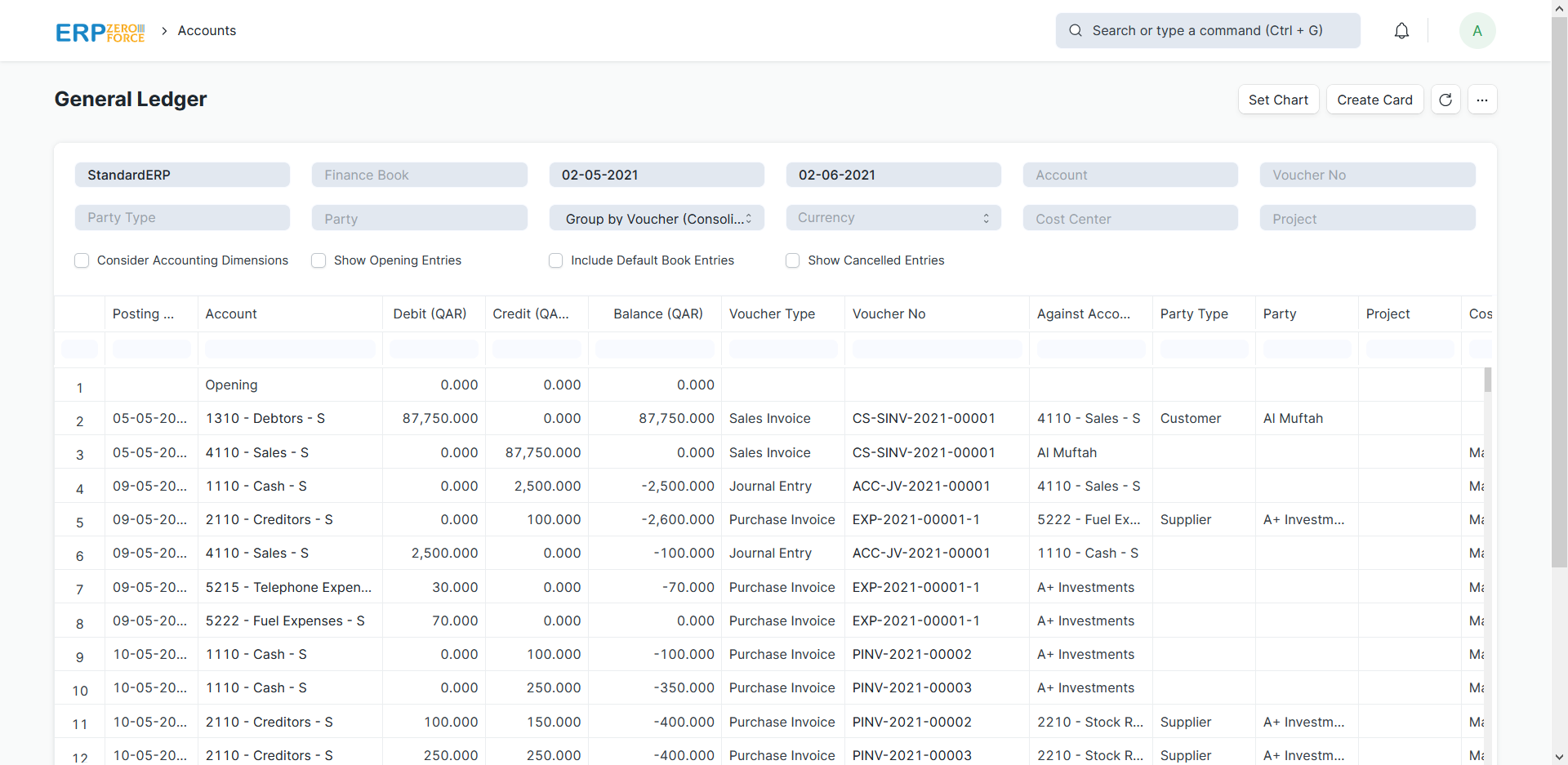
Billing & Pricing
Invoice your customers and chase receivable payments easily, with payment requests and notifications via email or SMS reminders. Create custom print templates for bills and set up defaults in no time. Item pricing just needs to be configured once, then it will be auto-fetched in all future transactions.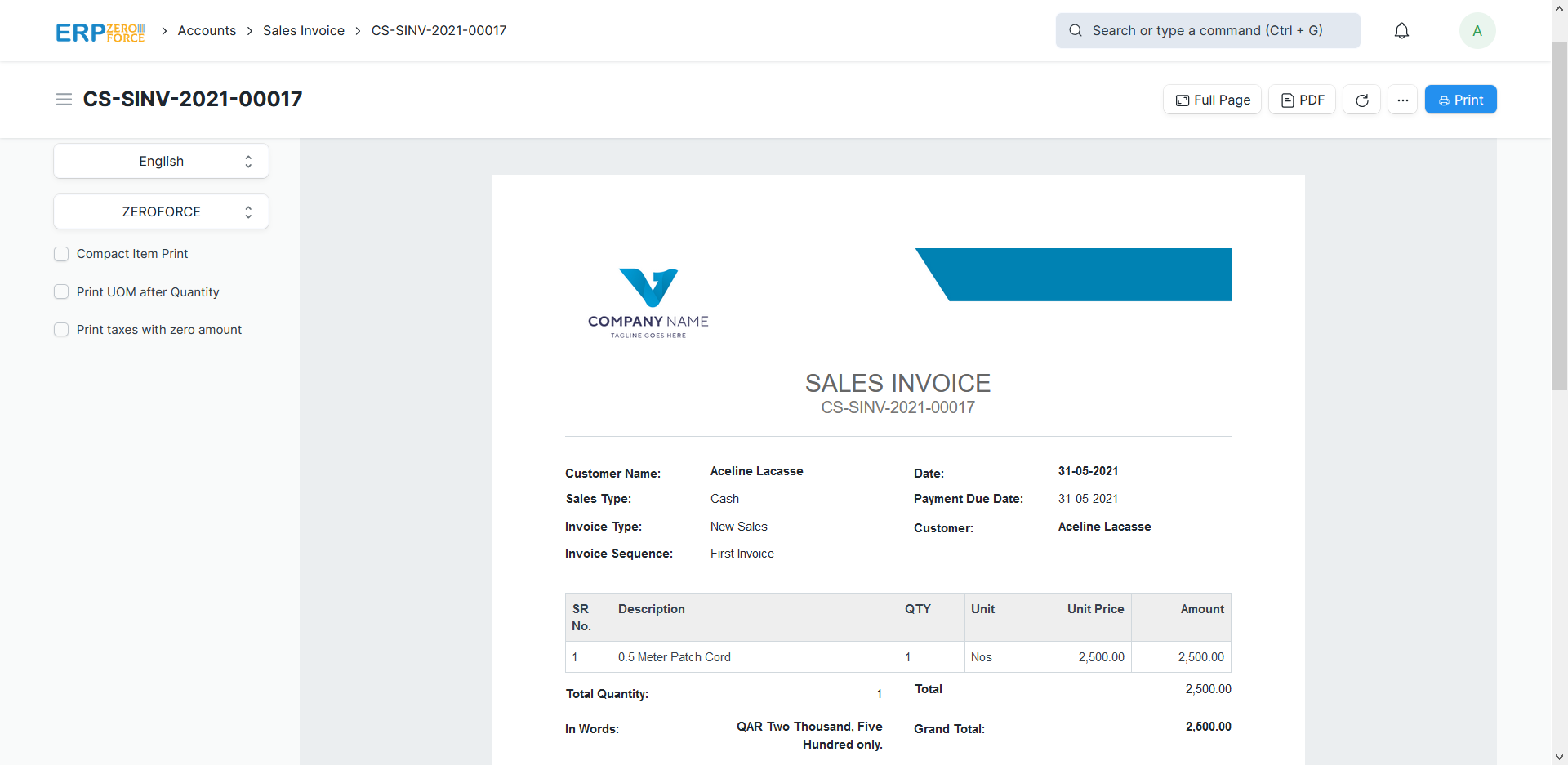
Banking
Create unlimited bank and cash accounts, and track their opening and current balances. Maintain bank accounts for your suppliers and customers. Ensure that your financials are synchronized with one-click bank-statement upload. Its clearance made easy, and accounting made easier.
